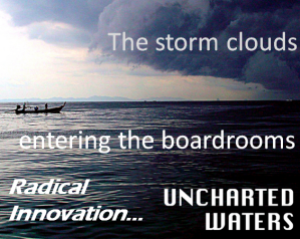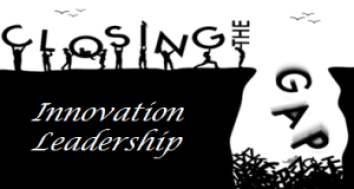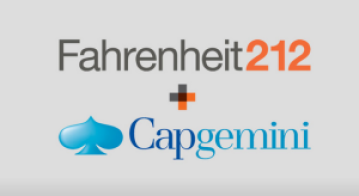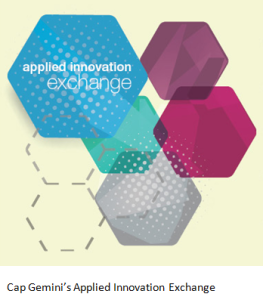 When you read a report that has within its executive summary this: “In combination the boards stand unarmed to enter the battlefield of future business creation in a disrupted world” it makes you want to read on.
When you read a report that has within its executive summary this: “In combination the boards stand unarmed to enter the battlefield of future business creation in a disrupted world” it makes you want to read on.
In a recent report called “Radical Innovation and Growth: Global Board Survey 2016 ” (link opens the pdf) we have results from a survey jointly conducted by Deloitte Denmark and Board Network – The Danish Professional Directors Association, that opens up much that can concern us about the current boardroom and its great difficulty with managing more radical innovation.
It seems within our boardrooms they are ill-equipped to managing in today’s world, grappling with the past, holding on, perhaps too tightly, to the present and certainly being unsure of the future. It is struggling to adjust to all that is entering their world.
In this report, they surveyed 614 global board professionals from a total of 50 countries during the period covered from November 2015 through to February 2016 and then published in February 2016.
Continue reading “Uncharted Waters Disrupting the Corporate Boardrooms”








